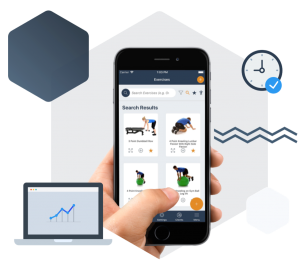Exploring the World of Scoliosis Braces: Types and Benefits
Exploring the World of Scoliosis Braces: Types and Benefits
Scoliosis, scoliosis brace, back brace for scoliosis, types of scoliosis braces, benefits of scoliosis braces
Introduction: Scoliosis braces are an essential non-surgical treatment option for individuals diagnosed with scoliosis, a condition characterized by an abnormal curvature of the spine. Braces work by applying corrective forces to the spine, helping to slow the progression of the curve and alleviate pain. In this article, we will explore the different types of scoliosis braces and their benefits.
Types of Scoliosis Braces: There are several types of scoliosis braces available, each designed to address specific needs and provide varying degrees of support and correction. Some common types include:
- Boston Brace: A low-profile, underarm brace that applies pressure to specific areas of the spine to help correct the curve. It is often used for treating lumbar and thoracolumbar curves.
- Milwaukee Brace: A full-torso brace that extends from the pelvis to the neck, providing support and corrective forces to the entire spine. It is typically used for treating high thoracic curves.
- Charleston Bending Brace: A nighttime brace designed to overcorrect the spinal curve while the patient sleeps. It is often used for treating mild to moderate scoliosis cases.
- ScoliBrace: A custom-made, rigid brace that provides three-dimensional correction and a precise fit for optimal support and comfort. It is suitable for individuals with mild to moderate scoliosis.
Benefits of Scoliosis Braces: Wearing a scoliosis brace can provide several benefits for individuals with scoliosis, including:
- Slowing curve progression: Braces help to slow down the progression of the spinal curve, potentially reducing the need for more invasive treatments such as surgery.
- Pain relief: Scoliosis braces can help alleviate pain caused by muscle tension and misaligned vertebrae by supporting the spine and promoting better posture.
- Improved posture: By addressing spinal imbalances, braces can help improve overall posture, leading to increased self-confidence and a better quality of life.
Conclusion: Scoliosis braces play a vital role in the non-surgical treatment of scoliosis. By understanding the different types of braces available and their benefits, patients can work with their scoliosis specialist, such as Dr. Matthew Potts at Dorsi.uk or Spinex Disc Clinic, to determine the most suitable brace for their unique needs and goals. With proper use and compliance, scoliosis braces can help manage scoliosis effectively, slowing curve progression and improving the patient's quality of life.
Scoliosis, scoliosis braces, back brace for scoliosis, types of scoliosis braces, benefits of scoliosis braces


